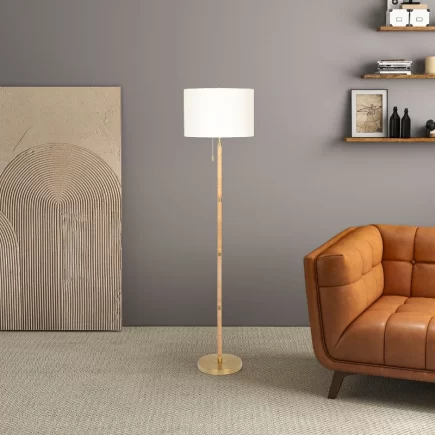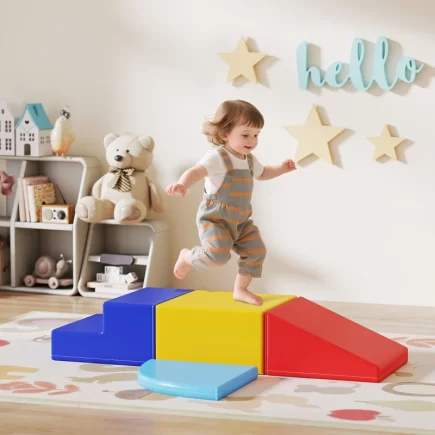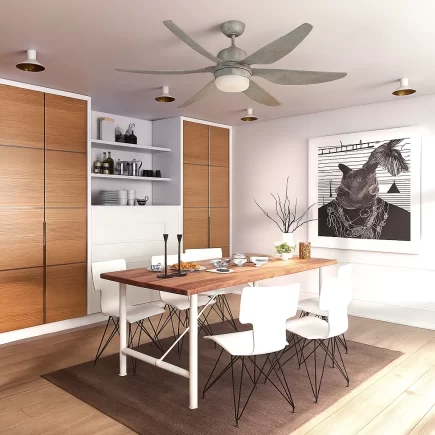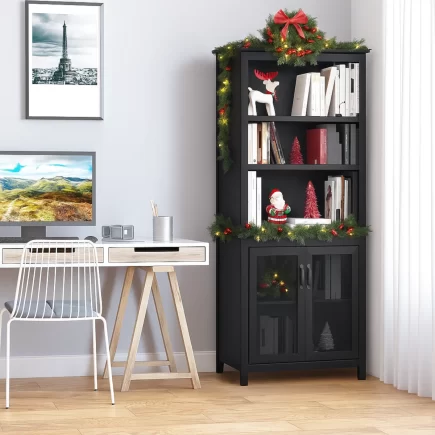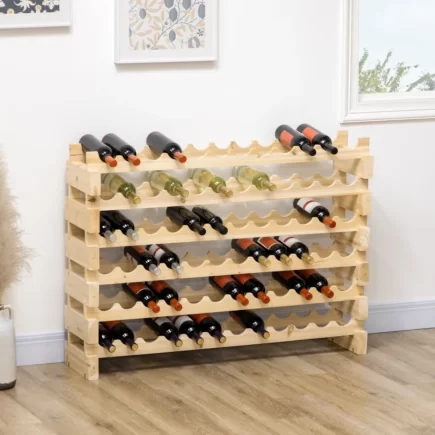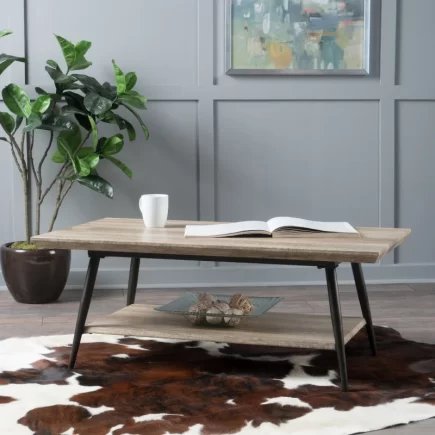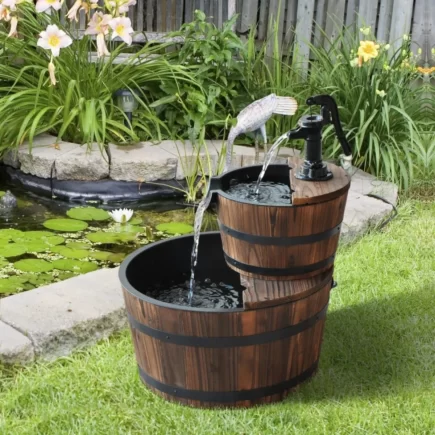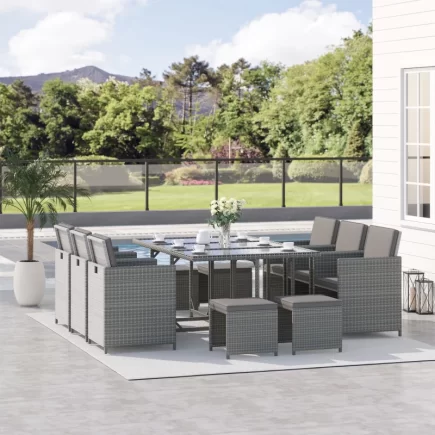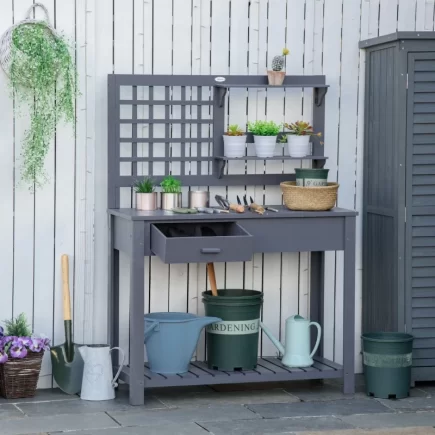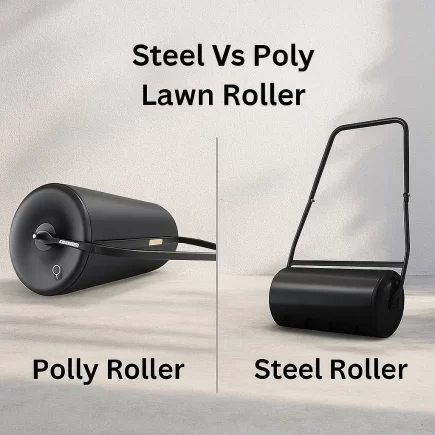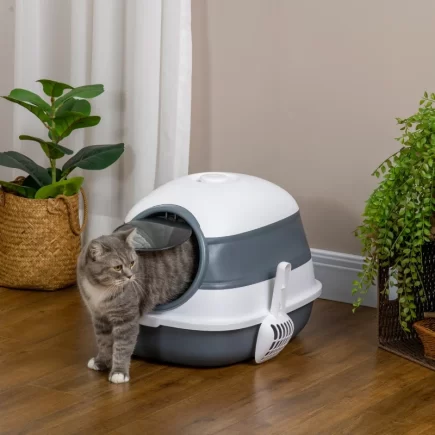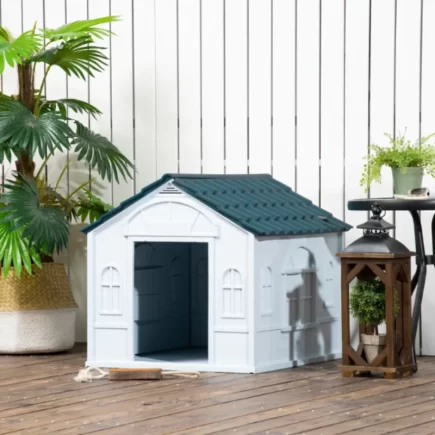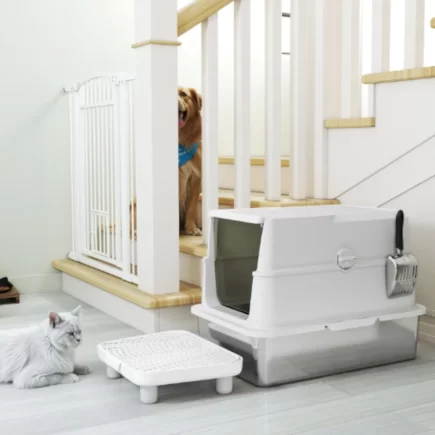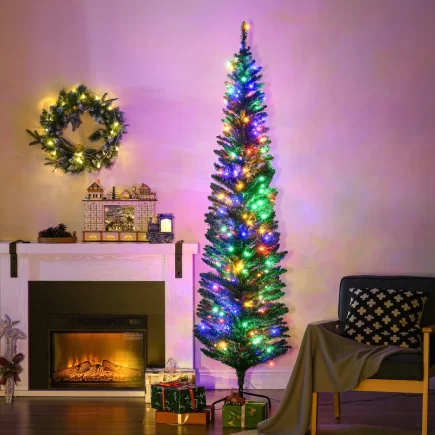When it comes to designing the perfect living room, small details can make a world of difference. One such detail that can elevate both the functionality and aesthetic of your space is the humble end table. Often overlooked, end tables play a crucial role in creating a well-balanced and practical living room. But the real challenge is understanding how to place end tables effectively to enhance your space.

Best Placement Strategies for End Tables
The key to properly placing end tables is ensuring they enhance the space’s functionality without disrupting the flow of the room. Below are some of the best placement strategies to consider:
1. Beside Sofas
The most common and practical placement for end tables is beside the sofa. This setup provides a convenient spot for drinks, snacks, and other essentials while keeping them within easy reach. It’s especially useful for entertaining guests or simply lounging. Ensure that there’s enough space between the sofa and the table to comfortably reach the surface. Aim for about 2-4 inches of space.

2. Between Armchairs
Placing end tables between two armchairs can create a cozy, intimate seating arrangement, especially in smaller spaces. This also adds symmetry to the layout, making the room feel balanced and inviting.
Consider using a slightly larger table if the chairs are positioned close together to prevent the table from feeling lost in the middle.

3. At Corners of Sectionals
For sectional sofas, end tables placed at the ends of the sectional provide easy access to both sides of the seating area. This setup is especially effective in larger living rooms where a single table might not be enough.

4. Next to Recliners or Reading Chairs
Placing an end table next to a recliner or reading chair creates a functional and comfortable personal space. You can place reading materials, a beverage, or a lamp to enhance your relaxation experience.
5. Floating in Corners
End tables can also be placed in corners to make the most of unused areas. This creative placement can help fill awkward corners while adding extra functionality. Use smaller tables or nesting tables if the space is limited.
6. Near Windows
Placing an end table near a window allows you to use the surface for decorative purposes, such as displaying plants or artwork. It can also serve as a great spot for a table lamp that highlights the natural light streaming in.

7. Against Walls
Placing end tables against walls works particularly well in larger living rooms where additional furniture is needed. These tables can act as storage or as an accent piece, adding interest to an otherwise empty wall.
8. In Entryways or Transition SpacesSpots
End tables placed in entryways or corridors can serve as catch-alls for keys, wallets, or mail. This practical use can help maintain a tidy living room and provide a convenient space to store everyday items.

9. Beside Floor Cushions or Poufs
If you use floor cushions or poufs as seating, an end table next to these can provide a surface for your drink or snacks. This setup works well in more relaxed, casual living room environments.

10. Underneath Wall Art or Beside Shelves: Integrating with Other Focal Points
Place end tables near key design elements, like wall art or bookshelves, to integrate them seamlessly into the room’s focal points. This helps create a cohesive design that flows together effortlessly.
Adapting to Different Living Room Layouts
Space-Saving Solutions for Compact Rooms
In smaller living rooms, consider compact end tables that offer storage or even nesting tables that can be tucked away when not in use. This maximizes the functionality of the space without sacrificing style.
Complementing Large, Open Layouts with Placement Variability
For larger living rooms, you have more flexibility with end table placement. Vary the sizes and positions to break up the space and create defined areas for conversation or lounging.
End tables are essential for both functionality and aesthetics in your living room. By carefully considering their placement, size, and style, you can enhance the room’s flow, improve usability, and create a space that is both beautiful and practical.
Remember, the key to successful end table placement is finding the right balance between form and function. By following the strategies outlined above, you’ll be able to select and place end tables that not only elevate your living room but also meet your everyday needs.
For a variety of end tables to fit your unique style and space, visit Aosom’s selection of End Tables to discover the perfect pieces for your living room.
FAQs
1. What factors should I consider when choosing the size of my end tables?
When choosing the size of end tables, consider the scale of your seating arrangement and the overall size of your living room. For smaller rooms, opt for compact tables to avoid overcrowding. Larger rooms can accommodate larger tables to maintain balance and functionality.
2. How do I create symmetry with end tables?
To create symmetry, place matching end tables on either side of a sofa or seating arrangement. This works well in formal living rooms and helps achieve a balanced, orderly look.
3. What are the best types of end tables for different seating arrangements?
For sofas, armchairs, and sectionals, traditional end tables are ideal. For casual seating, such as floor cushions or poufs, low-profile tables are a great option. Consider functionality and height to suit the specific seating type.

